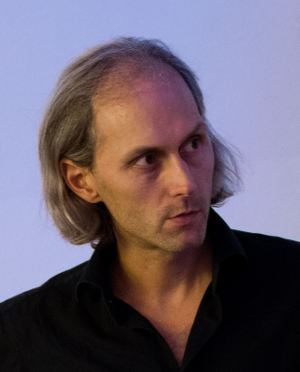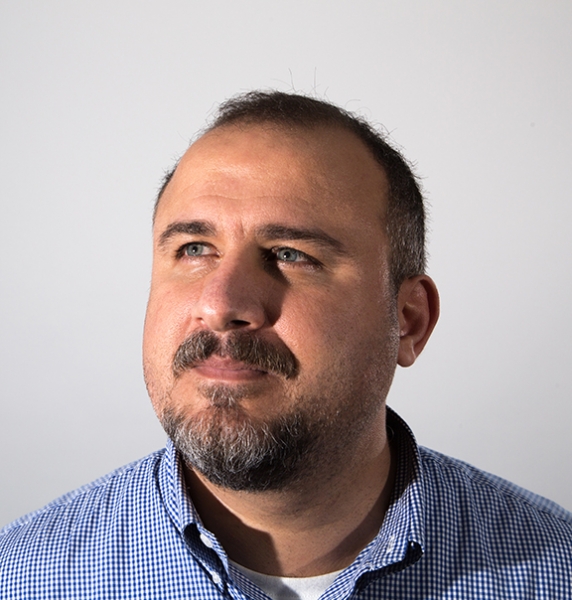
IEEE EMBC 2018 BCI HACKATHON
Brain Hackathons are brainstorming and collaborative marathons designed to rapidly produce working prototypes. At IEEE EMBS, brain hackathons bring developers, technologists, engineers, students, artists, and scientists together in teams of 5 participants each over 2 days to cram and build solutions that they can present. Hence, the Brain Hackathon provides an environment for innovation and entrepreneurship. By putting creative minds from multiple disciplines together for a short period of time, we have the opportunity to discover and uncover possibilities for using BCI-related hardware and software not readily thought of. Hacks and innovation developed from Brain Hackathons have great potential for commercialization. Finally, Brain Hackathons are also designed to be a learning experience for everyone.
There are several predefined projects at the hackathon, which the participants can choose to work on. Below, the projects are described in detail including hard- and software specifications as well as the number of possible participants for each project. Motor imagery and EP based systems are mostly used to control the applications. Specific hardware for the projects will be provided, however, software should already be installed on your personal laptop before you come to the hackathon.
Read more: IEEE EMBS 2018
Who can participate?
Anyone can participate who has interests in BMI, BCI, robotics, AR, VR, machine learning, computing, sensors, human-machine interface systems, control, signal processing, big data, haptics, rehabilitation, and similar areas. One does not have to be a BMI expert to participate on a team! Interdisciplinary teams with a combination of BMI and non-BMI skills are often successful in building solutions and producing working prototypes.
Can I submit a different project?
Professional teams can also participate to develop applications during the Hackathon to demonstrate full potential of some of the sponsored hardware/software. If you are looking for team members, your project will be included in the table plan below where people can apply for it. Submit your project to contact@br41n.io.
What's in there for me?
Be creative, think outside the box. The Hackathon is fun and gets you to network and collaborate with other Geeks. The best Hackathon projects will be awarded with cash and hardware prizes:
- 1st BR41N.IO Prize: $ 300
- 2nd BR41N.IO Prize: $ 200
- 3rd BR41N.IO Prize: $ 100
- IEEE Brain Prize: $ 1,200 travel budget + 1 free registration and acceptance to present hackathon results during the poster session at the IEEE Brain Initiative Workshop on Advanced NeuroTechnologies on November 1-2, 2018 in San Diego, USA
HACKATHON JURY
BCI PRINCIPLES
Brain-computer interfaces are realized by 4 different principles:
slow waves
steady-state visual evoked potentials (SSVEP)
motor imagery (MI)
evoked potentials (EP)
In the BR41N.IO Hackathon Series, motor imagery and EP based systems
are mostly used to control the applications:
In the case of the motor imagery application, participants have to imagine e.g. left or right hand movement to produce an event-related desynchronization over the sensorimotor cortex. This is basically an amplitude change of the alpha and beta regions of the EEG.
In the case of EPs, the BCI system is showing different flashing icons and the user has to attend to the icon he wants to select. When the icon flashes on the computer screen, than a P300 wave is produced in the brain and the BCI system is able to detect it.
HACKATHON SCHEDULE
Location: University of Hawaii at Manoa, Campus Center, CC Executive Dining Room, 2nd floor
Sunday, July 15, 2018
| 10:00 – 10:30 |
Welcome |
| 10:30 – 11:00 |
Current and future applications of |
| 11:00 – 11:30 | How to run a real-time BCI application Christoph Guger |
| 11:30 – 12:00 | Unicorn demo Martin Walchshofer |
| 12:00 – 13:00 | Hacker groups and mentoring |
| 13:00 | START: BCI HACKATHON |
Monday, July 16, 2018
| 13:00 | END: BCI HACKATHON |
| 13:00 – 13:30 | Preparation of presentations |
| 13:30 – 15:00 | Project presentations |
| 15:00 – 15:30 | Meeting Hackathon Jury |
| 15:30 – 16:00 | Awarding of BCI Hackathon prizes |
HACKING PROJECTS
Orthosis Control
It is possible to control a 3D printed orthosis using a unicorn amplifier with motor imagery. It is possible to move an orthosis by thinking about left or right hand motion. Watch the Orthosis Control video.
soft-/hardware specifications: unicorn, orthesis
participants: 1 group, 3-5 people per group
Skills: Basic programming skills (Matlab, Simulink)
FES Control
It is possible to control a FES using a unicorn amplifier with motor imagery. It is possible to move a FES by thinking about left or right hand motion.
soft-/hardware specifications: unicorn, FES
participants: 1 group, 3-5 people per group
skills: Basic programming skills (Matlab, Simulink)
Unity Games
It is possible to control a unity based games.
soft-/hardware specifications: unicorn
participants: 1 group, 3-5 people per group
Skills: Basic programming skills (Matlab, Simulink), Basic graphics programming with Unity
Your Hacking Project
You are invited to create your own programming project for this hackathon. There will be several BCI headsets on-site to design and program your own fully functional headset or application.
soft-/hardware specifications: tbd
participants: 1 group, 3-5 people per group
skills: Basic programming skills
Sphero SPRK Control
The unicorn is supported by the P300 based spelling application intendiX. It is possible to controll a robotic ball called Sphero with intendiX. Watch the Sphero Control video.
soft-/hardware specifications: unicorn, Sphero
participants: 1 group, 3-5 people per group
skills: Basic programming skills (C#)
Flight Control
The unicorn is supported by the P300 based spelling application intendiX. It is possible to move a drone with intendiX.
soft-/hardware specifications: unicorn, drone
participants: 1 group, 3-5 people per group
skills: Basic programming skills (Java)
Dream Painting
To use the dream painting app, the user is wearing an unicorn headset while sleeping. When he wakes up, he will get an image created according to his EEG signals.
soft-/hardware specifications: unicorn
participants: 1 group, 3-5 people per group
skills: Basic programming skills (Matlab, Simulink)
Connect intendiX w/ Social Media
The unicorn amplifier is supported by the P300 based spelling application intendiX. When connected to Twitter or Facebook, status updated can be written. Watch the intendiX Social Media video.
soft-/hardware specifications: unicorn
participants: 1 group, 3-5 people per group
skills: Basic programming skills (Matlab, Simulink)
fNIRS and EEG Control
The team can use fNIRS (functional near-infrared spectroscopy) and EEG simultaneously to control BCI applications.
soft-/hardware specifications: g.Nautilus fNIRS
participants: 1 group, 3-5 people per group
skills: Basic programming skills (Matlab, Simulink)
ARTISTIC PROJECTS
intendiX Painting
Create images according to your EEG signals.
soft-/hardware specifications: unicorn
participants: 1 group, 3-5 people per group
Use intendiX for Social Media
Use the P300 based spelling application intendiX to update your status on Twitter or Facebook. Watch the intendiX Social Media video.
soft-/hardware specifications: unicorn
participants: 1 group, 3-5 people per group
Design Headsets Using 3D Printing
Expand your EEG Headset with your own 3d printed parts. Let them move, light, hold things or simply look nice. Watch the 3D Headset Design video.
soft-/hardware specifications: 3D printer, 3D freeware
participants: 1 group, 3-5 people per group
Skills: Basic CAD
Design Headsets Using Sewing Machines
Expand your EEG Headset with a hat designed to keep all electrodes in their intended position.
soft-/hardware specifications: sewing machines and material
participants: 5 people
THAT WAS HONOLULU 2018. THANK YOU!
IEEE BRAIN WINNER
Team "Robot Avatar"
The team connected a P300 BCI system to a telepresence robot that can react with gestures. During the Hackathon the robot was programmed to give answers by shaking his head to say YES or NO.
Team members: Jonas Vibell, Alex Yang, Ian Ito
1. PLACE WINNER
Team "Phoenix"
The team connected a motor imagery BCI system to an orthosis and training common spatial patterns and linear discriminant analysis to classify the data.
Team members: Xin Wang, Shichun Bao, Yuqi Fang
2. PLACE WINNER
Team "J"
Team "J" programmed a Unity application that is modulated with data extracted from brain waves. The team used the Unicorn to acquire EEG, calculated bandpower features and send these features into Unity.
Team members: Josh Bross, Charlie Zannorman, Jonathan Na, Jerry Isdale
3. PLACE WINNER
Team "Chappy"
This team designed a fashionable EEG cap called "Chappy" with hand made flowers as traditionally done in Hawaii. She used more than 500 little segments to create the headset during the Hackathon.
Team member: Charlie Uyemura
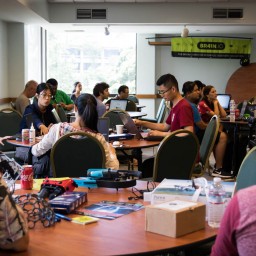 BR41N.IO-Honolulu-1
BR41N.IO-Honolulu-1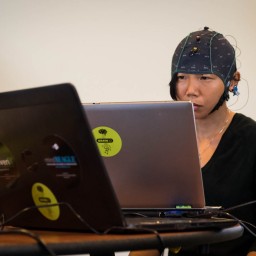 BR41N.IO-Honolulu-10
BR41N.IO-Honolulu-10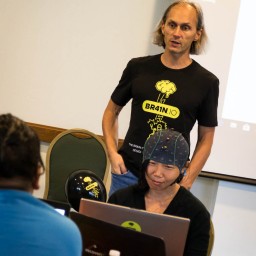 BR41N.IO-Honolulu-11
BR41N.IO-Honolulu-11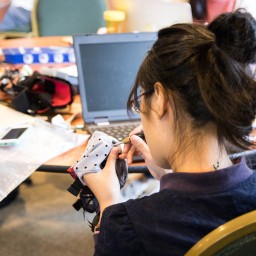 BR41N.IO-Honolulu-13
BR41N.IO-Honolulu-13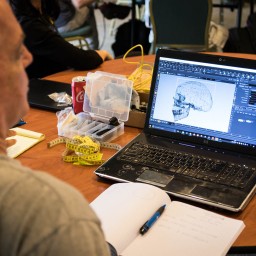 BR41N.IO-Honolulu-14
BR41N.IO-Honolulu-14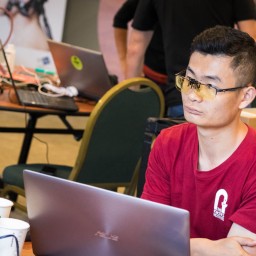 BR41N.IO-Honolulu-15
BR41N.IO-Honolulu-15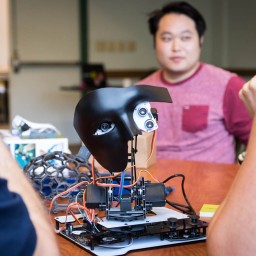 BR41N.IO-Honolulu-17
BR41N.IO-Honolulu-17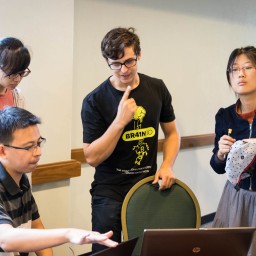 BR41N.IO-Honolulu-18
BR41N.IO-Honolulu-18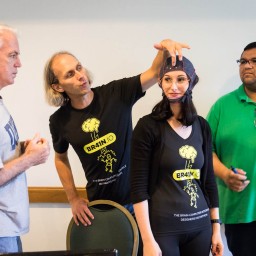 BR41N.IO-Honolulu-22
BR41N.IO-Honolulu-22 BR41N.IO-Honolulu-33
BR41N.IO-Honolulu-33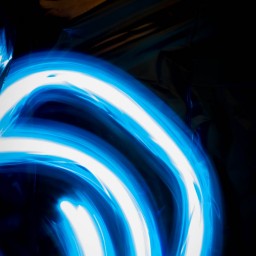 BR41N.IO-Honolulu-35
BR41N.IO-Honolulu-35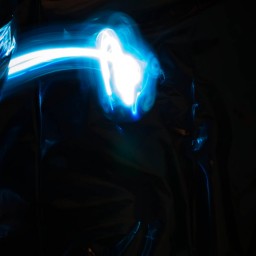 BR41N.IO-Honolulu-37
BR41N.IO-Honolulu-37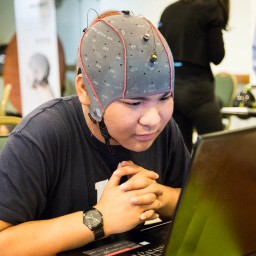 BR41N.IO-Honolulu-39
BR41N.IO-Honolulu-39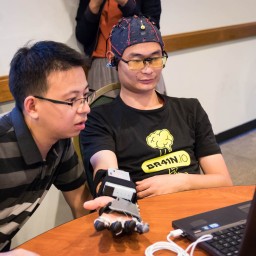 BR41N.IO-Honolulu-40
BR41N.IO-Honolulu-40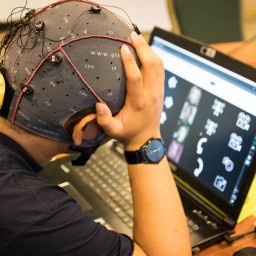 BR41N.IO-Honolulu-41
BR41N.IO-Honolulu-41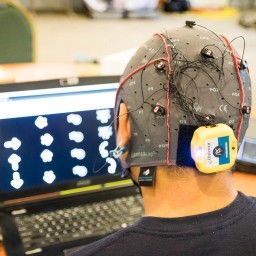 BR41N.IO-Honolulu-43
BR41N.IO-Honolulu-43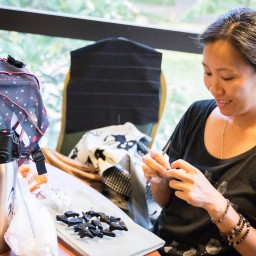 BR41N.IO-Honolulu-44
BR41N.IO-Honolulu-44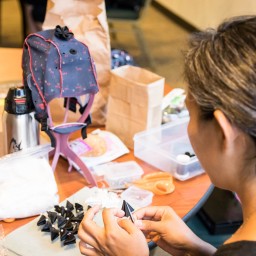 BR41N.IO-Honolulu-45
BR41N.IO-Honolulu-45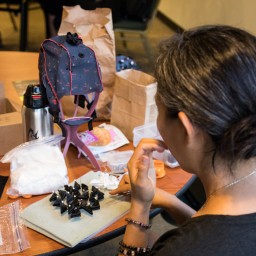 BR41N.IO-Honolulu-46
BR41N.IO-Honolulu-46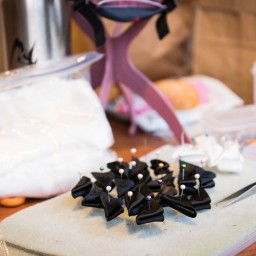 BR41N.IO-Honolulu-47
BR41N.IO-Honolulu-47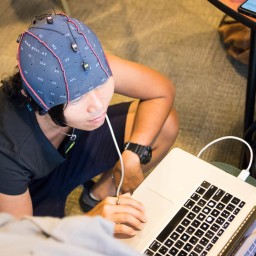 BR41N.IO-Honolulu-48
BR41N.IO-Honolulu-48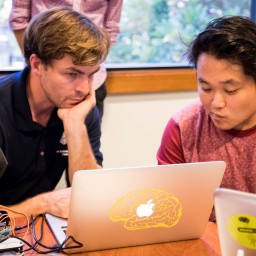 BR41N.IO-Honolulu-50
BR41N.IO-Honolulu-50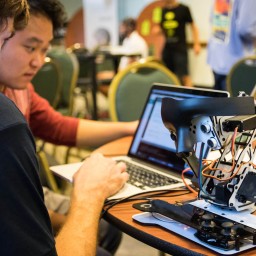 BR41N.IO-Honolulu-51
BR41N.IO-Honolulu-51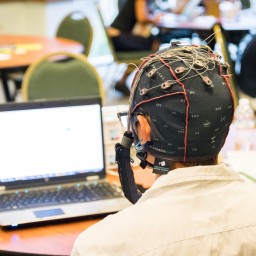 BR41N.IO-Honolulu-52
BR41N.IO-Honolulu-52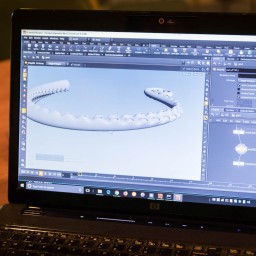 BR41N.IO-Honolulu-55
BR41N.IO-Honolulu-55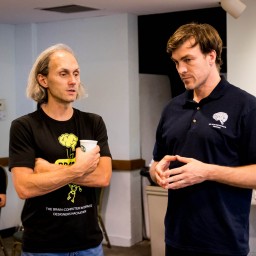 BR41N.IO-Honolulu-57
BR41N.IO-Honolulu-57 BR41N.IO-Honolulu-58
BR41N.IO-Honolulu-58 BR41N.IO-Honolulu-60
BR41N.IO-Honolulu-60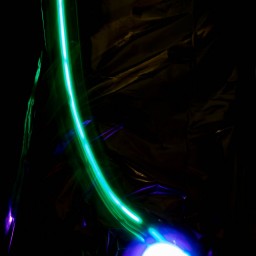 BR41N.IO-Honolulu-61
BR41N.IO-Honolulu-61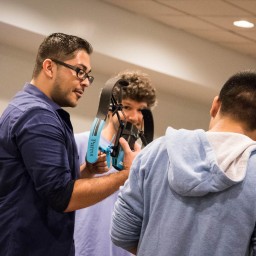 BR41N.IO-Honolulu-62
BR41N.IO-Honolulu-62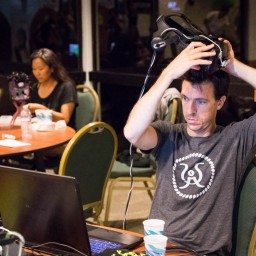 BR41N.IO-Honolulu-63
BR41N.IO-Honolulu-63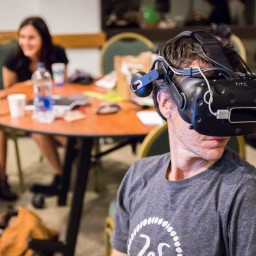 BR41N.IO-Honolulu-64
BR41N.IO-Honolulu-64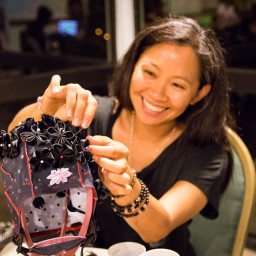 BR41N.IO-Honolulu-66
BR41N.IO-Honolulu-66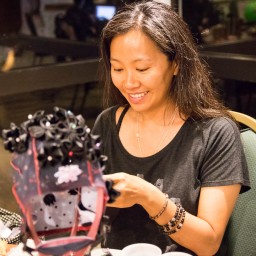 BR41N.IO-Honolulu-68
BR41N.IO-Honolulu-68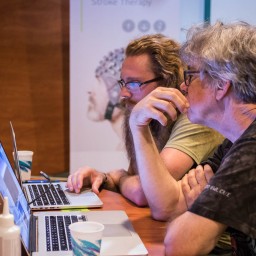 BR41N.IO-Honolulu-70
BR41N.IO-Honolulu-70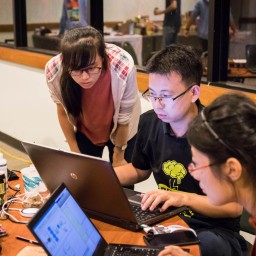 BR41N.IO-Honolulu-71
BR41N.IO-Honolulu-71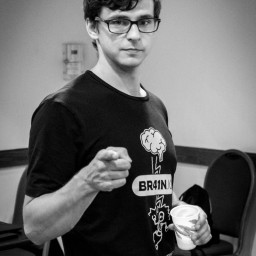 BR41N.IO-Honolulu-73
BR41N.IO-Honolulu-73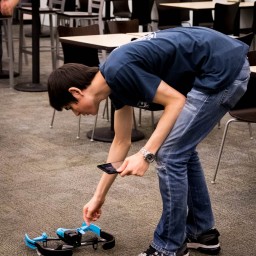 BR41N.IO-Honolulu-78
BR41N.IO-Honolulu-78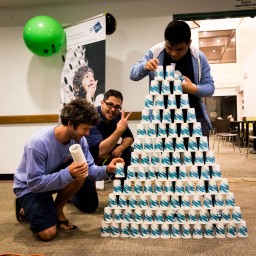 BR41N.IO-Honolulu-83
BR41N.IO-Honolulu-83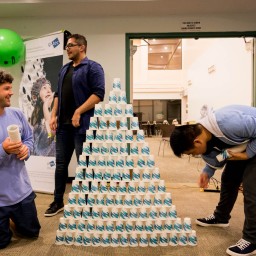 BR41N.IO-Honolulu-85
BR41N.IO-Honolulu-85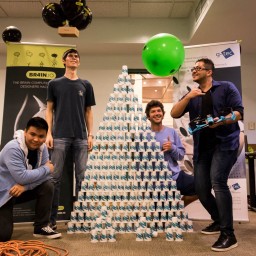 BR41N.IO-Honolulu-94
BR41N.IO-Honolulu-94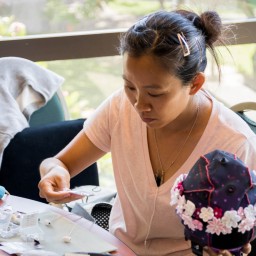 BR41N.IO-Honolulu-98
BR41N.IO-Honolulu-98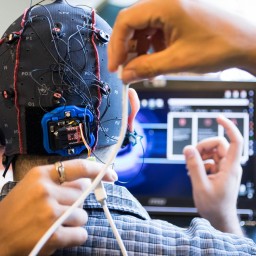 BR41N.IO-Honolulu-99
BR41N.IO-Honolulu-99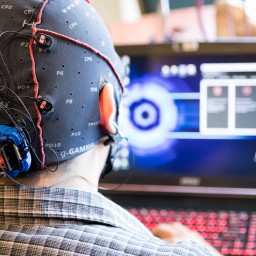 BR41N.IO-Honolulu-100
BR41N.IO-Honolulu-100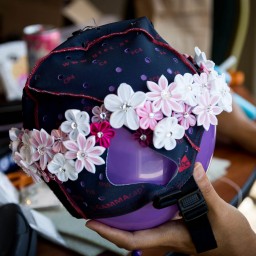 BR41N.IO-Honolulu-101
BR41N.IO-Honolulu-101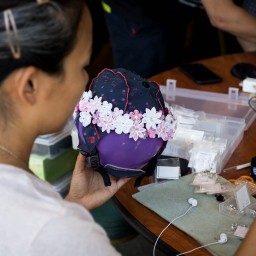 BR41N.IO-Honolulu-102
BR41N.IO-Honolulu-102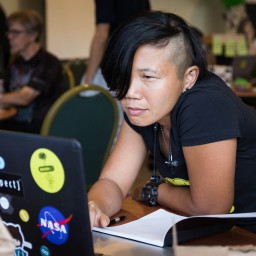 BR41N.IO-Honolulu-103
BR41N.IO-Honolulu-103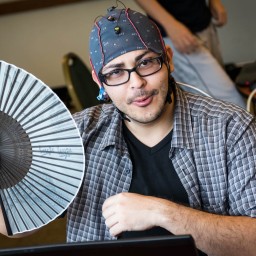 BR41N.IO-Honolulu-105
BR41N.IO-Honolulu-105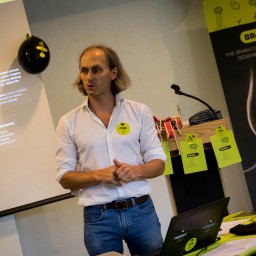 BR41N.IO-Honolulu-108
BR41N.IO-Honolulu-108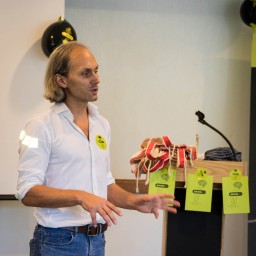 BR41N.IO-Honolulu-112
BR41N.IO-Honolulu-112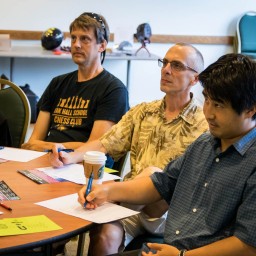 BR41N.IO-Honolulu-113
BR41N.IO-Honolulu-113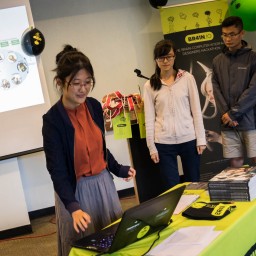 BR41N.IO-Honolulu-115
BR41N.IO-Honolulu-115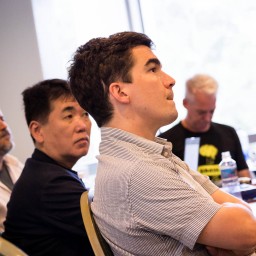 BR41N.IO-Honolulu-117
BR41N.IO-Honolulu-117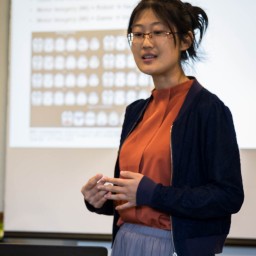 BR41N.IO-Honolulu-119
BR41N.IO-Honolulu-119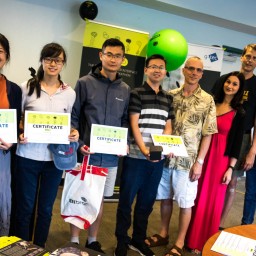 BR41N.IO-Honolulu-126
BR41N.IO-Honolulu-126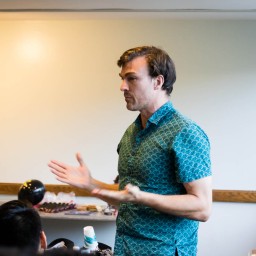 BR41N.IO-Honolulu-128
BR41N.IO-Honolulu-128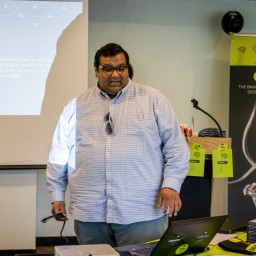 BR41N.IO-Honolulu-130
BR41N.IO-Honolulu-130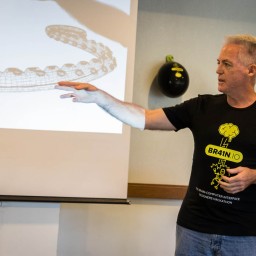 BR41N.IO-Honolulu-133
BR41N.IO-Honolulu-133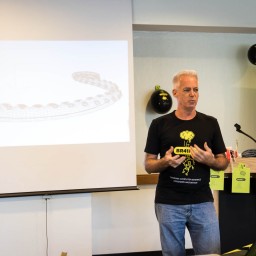 BR41N.IO-Honolulu-135
BR41N.IO-Honolulu-135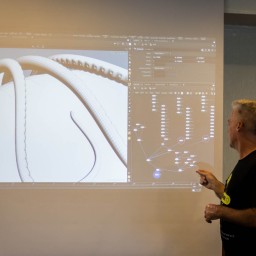 BR41N.IO-Honolulu-137
BR41N.IO-Honolulu-137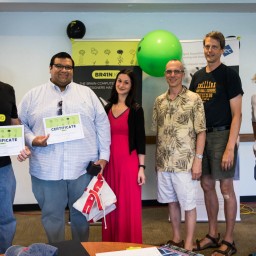 BR41N.IO-Honolulu-139
BR41N.IO-Honolulu-139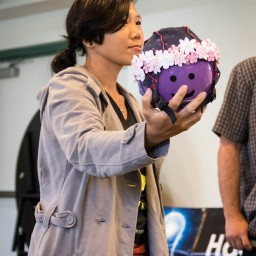 BR41N.IO-Honolulu-143
BR41N.IO-Honolulu-143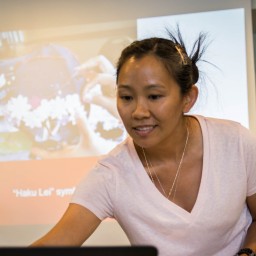 BR41N.IO-Honolulu-144
BR41N.IO-Honolulu-144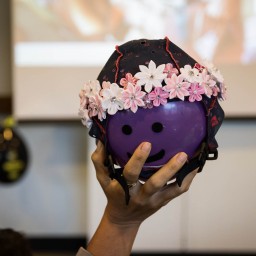 BR41N.IO-Honolulu-146
BR41N.IO-Honolulu-146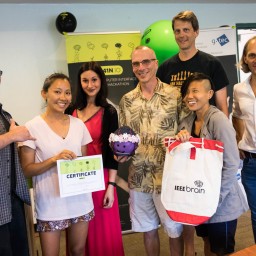 BR41N.IO-Honolulu-148
BR41N.IO-Honolulu-148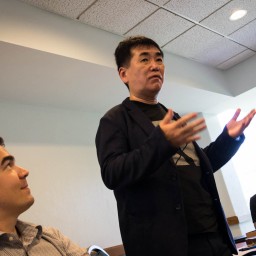 BR41N.IO-Honolulu-149
BR41N.IO-Honolulu-149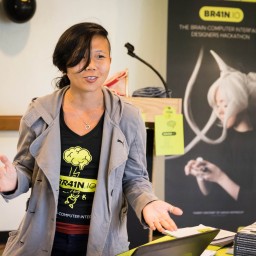 BR41N.IO-Honolulu-151
BR41N.IO-Honolulu-151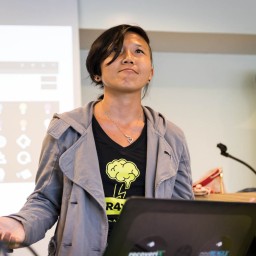 BR41N.IO-Honolulu-156
BR41N.IO-Honolulu-156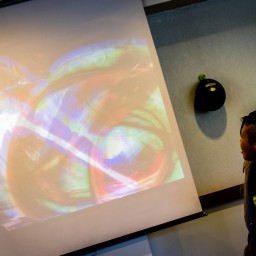 BR41N.IO-Honolulu-157
BR41N.IO-Honolulu-157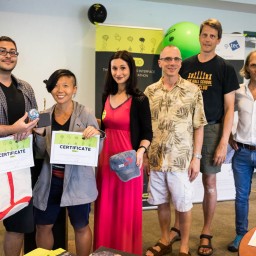 BR41N.IO-Honolulu-158
BR41N.IO-Honolulu-158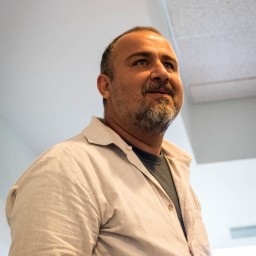 BR41N.IO-Honolulu-161
BR41N.IO-Honolulu-161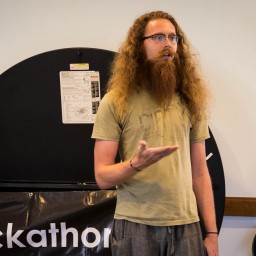 BR41N.IO-Honolulu-163
BR41N.IO-Honolulu-163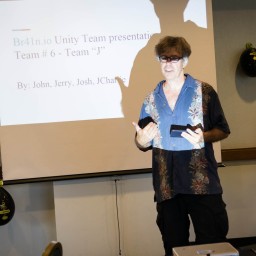 BR41N.IO-Honolulu-165
BR41N.IO-Honolulu-165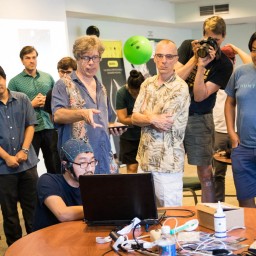 BR41N.IO-Honolulu-170
BR41N.IO-Honolulu-170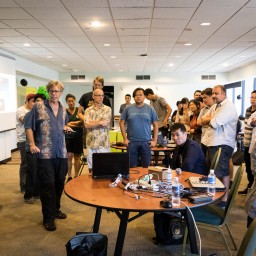 BR41N.IO-Honolulu-171
BR41N.IO-Honolulu-171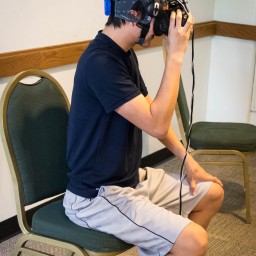 BR41N.IO-Honolulu-173
BR41N.IO-Honolulu-173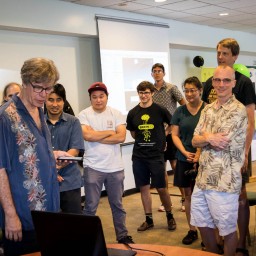 BR41N.IO-Honolulu-174
BR41N.IO-Honolulu-174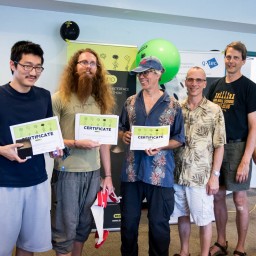 BR41N.IO-Honolulu-178
BR41N.IO-Honolulu-178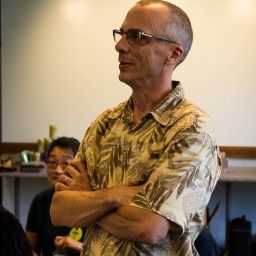 BR41N.IO-Honolulu-179
BR41N.IO-Honolulu-179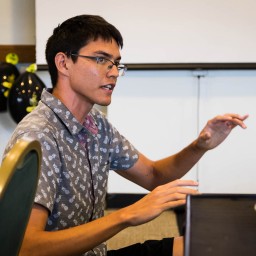 BR41N.IO-Honolulu-180
BR41N.IO-Honolulu-180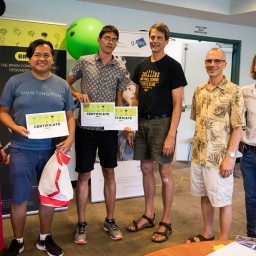 BR41N.IO-Honolulu-185
BR41N.IO-Honolulu-185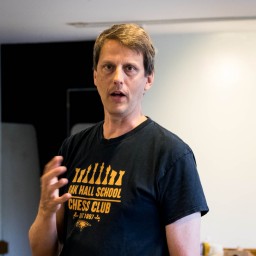 BR41N.IO-Honolulu-186
BR41N.IO-Honolulu-186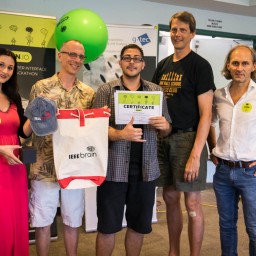 BR41N.IO-Honolulu-192
BR41N.IO-Honolulu-192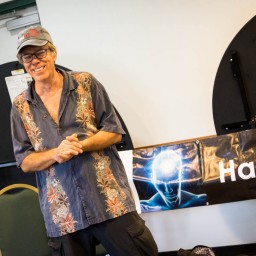 BR41N.IO-Honolulu-193
BR41N.IO-Honolulu-193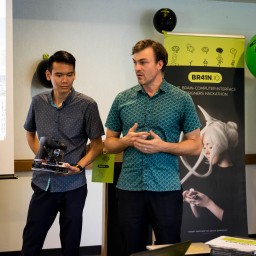 BR41N.IO-Honolulu-194
BR41N.IO-Honolulu-194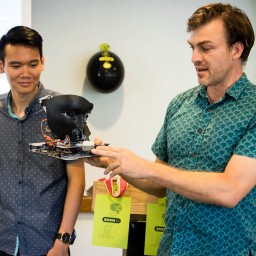 BR41N.IO-Honolulu-196
BR41N.IO-Honolulu-196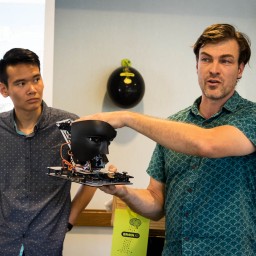 BR41N.IO-Honolulu-197
BR41N.IO-Honolulu-197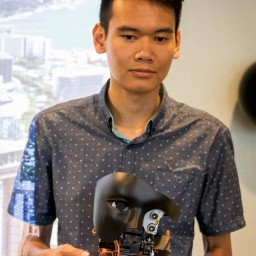 BR41N.IO-Honolulu-199
BR41N.IO-Honolulu-199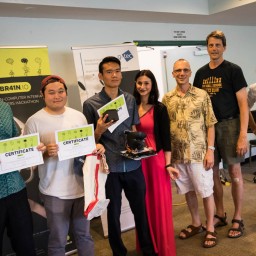 BR41N.IO-Honolulu-201
BR41N.IO-Honolulu-201 BR41N.IO-Honolulu-202
BR41N.IO-Honolulu-202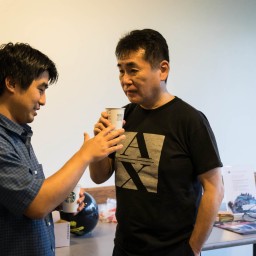 BR41N.IO-Honolulu-203
BR41N.IO-Honolulu-203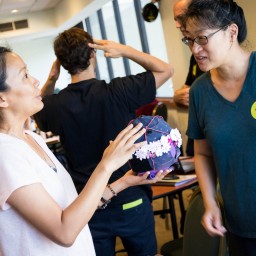 BR41N.IO-Honolulu-207
BR41N.IO-Honolulu-207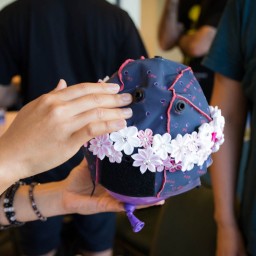 BR41N.IO-Honolulu-209
BR41N.IO-Honolulu-209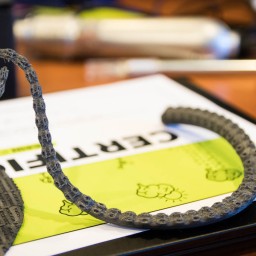 BR41N.IO-Honolulu-210
BR41N.IO-Honolulu-210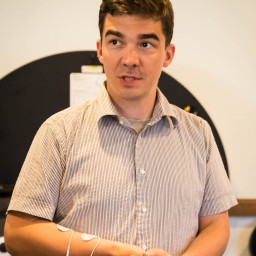 BR41N.IO-Honolulu-211
BR41N.IO-Honolulu-211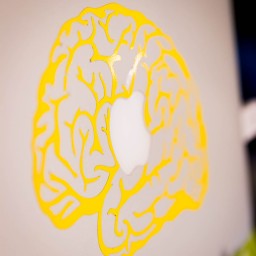 BR41N.IO-Honolulu-212
BR41N.IO-Honolulu-212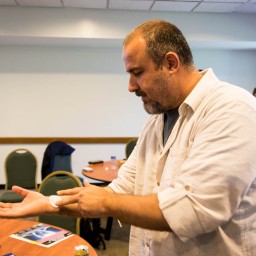 BR41N.IO-Honolulu-213
BR41N.IO-Honolulu-213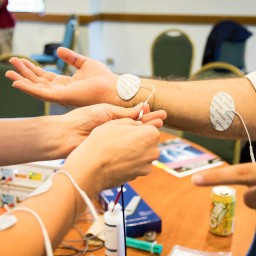 BR41N.IO-Honolulu-216
BR41N.IO-Honolulu-216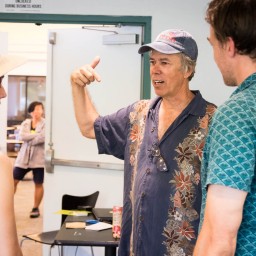 BR41N.IO-Honolulu-217
BR41N.IO-Honolulu-217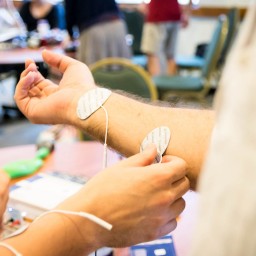 BR41N.IO-Honolulu-220
BR41N.IO-Honolulu-220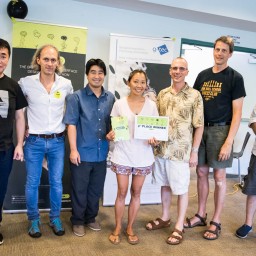 BR41N.IO-Honolulu-221
BR41N.IO-Honolulu-221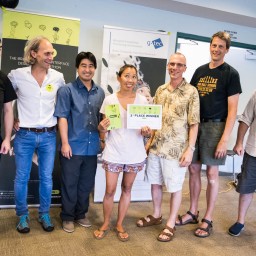 BR41N.IO-Honolulu-222
BR41N.IO-Honolulu-222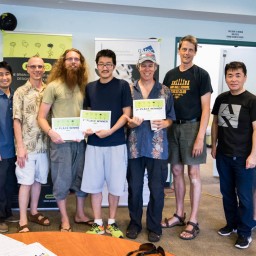 BR41N.IO-Honolulu-223
BR41N.IO-Honolulu-223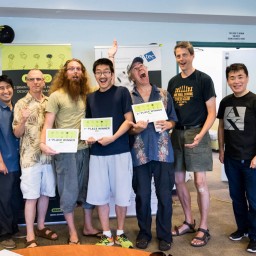 BR41N.IO-Honolulu-225
BR41N.IO-Honolulu-225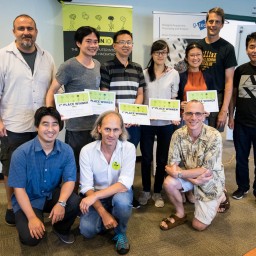 BR41N.IO-Honolulu-227
BR41N.IO-Honolulu-227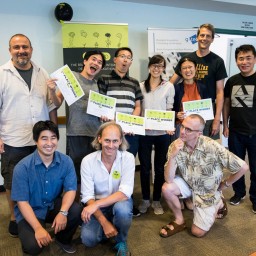 BR41N.IO-Honolulu-228
BR41N.IO-Honolulu-228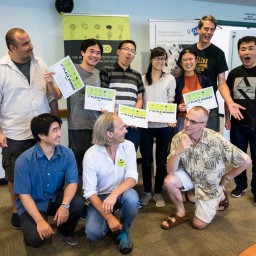 BR41N.IO-Honolulu-229
BR41N.IO-Honolulu-229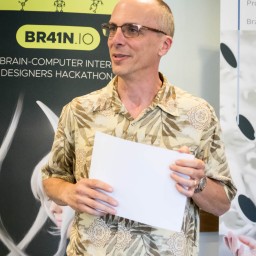 BR41N.IO-Honolulu-231
BR41N.IO-Honolulu-231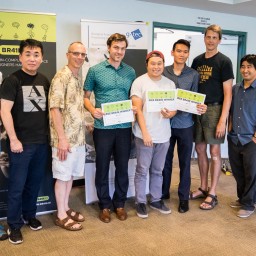 BR41N.IO-Honolulu-233
BR41N.IO-Honolulu-233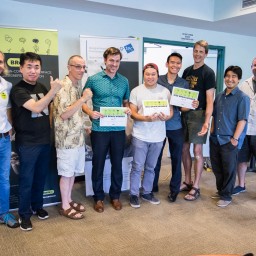 BR41N.IO-Honolulu-236
BR41N.IO-Honolulu-236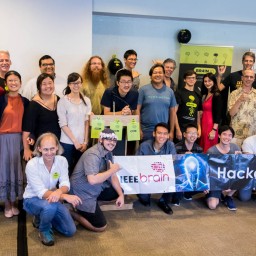 BR41N.IO-Honolulu-239
BR41N.IO-Honolulu-239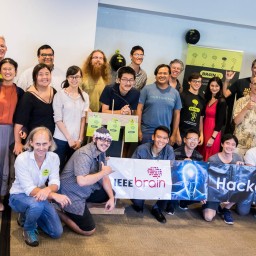 BR41N.IO-Honolulu-240
BR41N.IO-Honolulu-240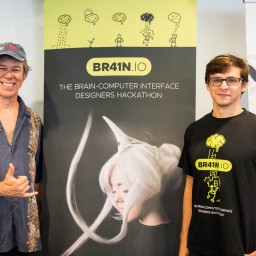 BR41N.IO-Honolulu-242
BR41N.IO-Honolulu-242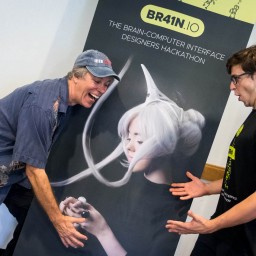 BR41N.IO-Honolulu-243
BR41N.IO-Honolulu-243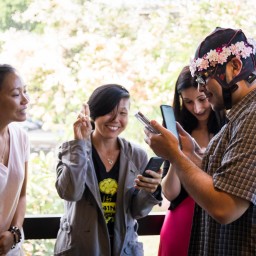 BR41N.IO-Honolulu-246
BR41N.IO-Honolulu-246



